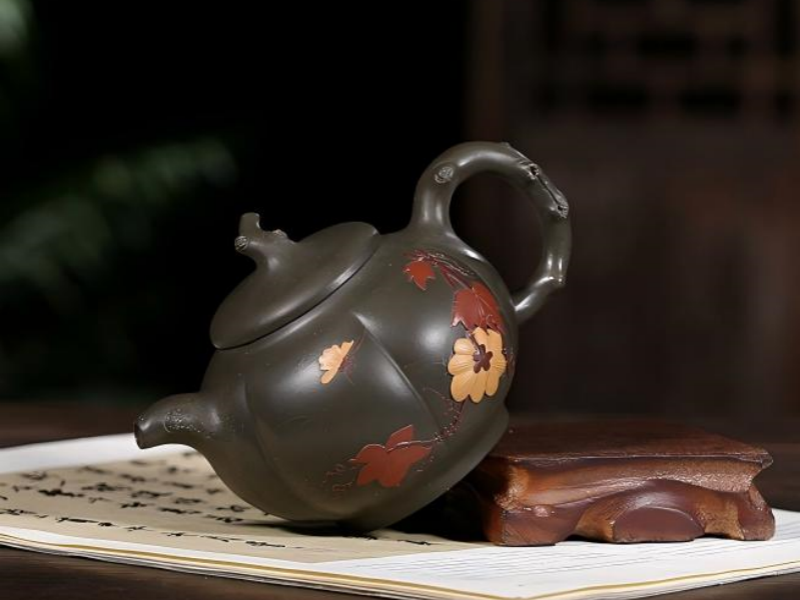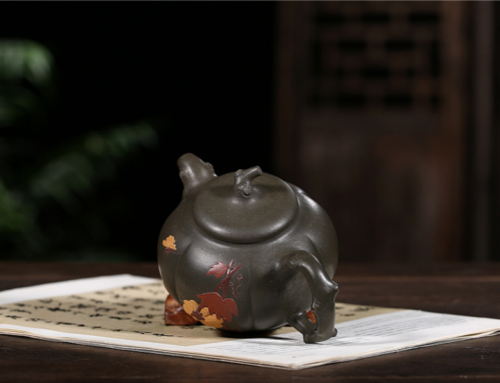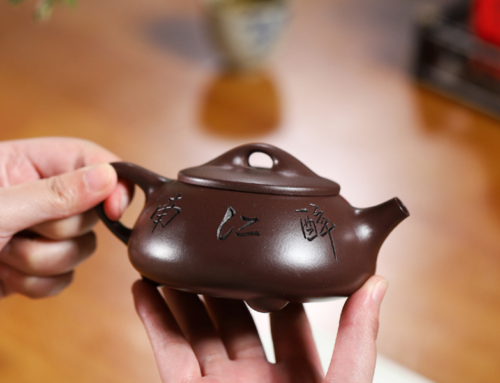How to tell that a yixing Clay teapot is authentic Complete Guide
What Makes Yixing Clay Teapots So Special?
Step into the world of tea, and you’ll quickly notice Yixing clay teapots hold a legendary status among enthusiasts. Origintating from Yixing, a city in Jiangsu Province, China, these teapots have captivated tea lovers for centuries. Why? The secret lies in the unique clay—known as Zisha—which means “purple sand.” This rare material possesses a porous nature, allowing the teapot to absorb the essence of the teas brewed within. Over time, the teapot develops a patina, enhancing the flavor profile of every subsequent brew. Some history: Yixing teapots go as far back as Song Dynasty (960–1279 AD) but it was in the Ming Dynasty when loose-leaf tea started to become popular that Yixing potters started making pots that were not only efficient at brewing loose leaf tea but also artworks with different shapes, glazes used, and carved decoration–each telling their own story. A common saying often quoted by collectors is: “in Yixing, a teapot is not just a teapot, it’s a lifelong companion”.
Why Yixing clay teapots?
Table: Properties of Yixing (Zisha) Clay
| Property | Description |
|---|---|
| Porosity | Absorbs tea oils, enhances flavor over time |
| Heat Retention | Keeps tea warm longer, ideal for slow brewing |
| Non-Glazed Surface | Allows clay to interact with tea directly |
| Artistic Variety | Hundreds of shapes, sizes, and decorative techniques |
| Patina Formation | Clay develops a natural shine with repeated use |
Data Source: Evaluation based on ISO 14507:2018 – Fine ceramics (advanced ceramics, advanced technical ceramics) — Mechanical properties of monolithic ceramics at room temperature and the Chinese national light industry standards on teapot manufacturing (QB/T 2445-1999: Purple Clay Teapot).
URL: https://www.iso.org/standard/72630.html
Data Source: Jiangsu Provincial Protected Geographical Indication Product Standard for “Yixing Zisha Ware” – Recognized by China National Intellectual Property Administration (CNIPA)
URL: http://www.cnipa.gov.cn/art/2020/7/1/art_2225_494.html
Fact: Real-deal Yixing teapots should be unglazed on the inside to allow the clay to “breathe,” or to have direct contact with the tea. “A good Yixing teapot is like a loyal friend; the more you share with it, the better it knows your taste.” — Traditional Chinese proverb In short, owning a real Yixing clay teapot is more than just brewing tea, it’s about forming a ritual and enjoying a piece of history in every cup.
How to Tell if a Yixing Teapot is Real or Fake
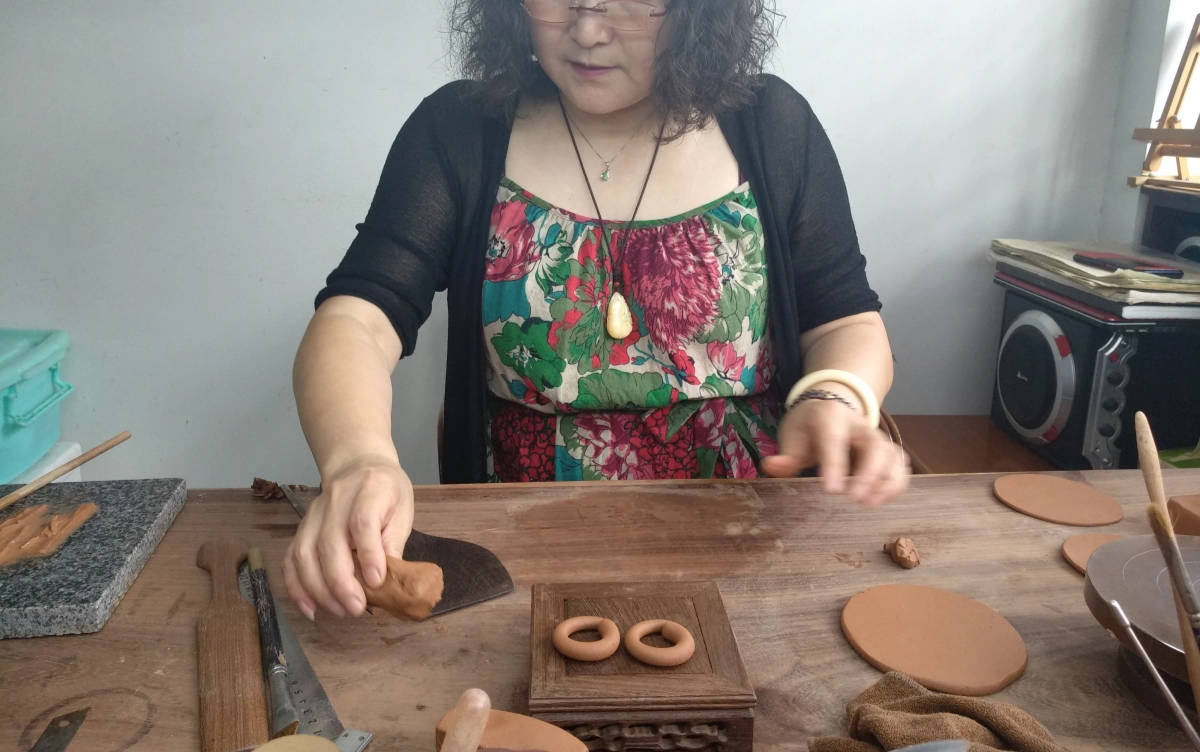
How can you tell if a Yixing clay teapot is real or fake? The demand for authentic Yixing clay (紫砂) teapots is higher than ever before. However, forgers today are also more skilled than ever before and it’s becoming harder for beginner teapot enthusiasts to figure out whether a Yixing teapot is authentic. Once you realize what to look out for though, it’ll be easier to tell if the Yixing clay teapot is real.
Common Features of Real Yixing Clay Teapots
Clay Quality: Real Yixing clay (Zisha) has a characteristic, slightly grainy texture. It should feel heft, but not too heavy for its size. You’ll see and feel that the surface is unglazed and made from clay. Real Yixing clay teapots also have natural color variation in purples, reds, or even yellowish hues depending on the blend of minerals in the Yixing clay. Craftsmanship: Yixing teapots are handmade using traditional methods. The best Yixing potters will leave behind small tool marks or light imperfections that mark the teapot as handcrafted rather than machine made. There is also a perfect fit for the spout, handle, and lid. When pouring, the teapot will create a steady, controlled stream, and the lid won’t rattle or wobble. Artist Stamps and Maker’s Marks: All real Yixing clay teapots will have a seal or stamp on the bottom or inside of the lid for the specific artist or studio the teapot was made in. For some vintage works, there may also be a disturbing mark. However, fake Yixing teapots sometime use a printed or laser etched stamp that is either too perfect or just flat. Aroma and Patina: Over time, you’ll notice that real Yixing clay creates a subtle earthy aroma an a matte, glossy patina. Fakes made from cheap clays or painted ceramics don’t develop a patina and often give off strong chemical or chalky aromas.
Common Tricks Found in Fake Yixing Clay Teapots
Table: Real vs. Fake Yixing Clay Teapots
| Feature | Real Yixing Teapot | Fake Yixing Teapot |
|---|---|---|
| Clay Texture | Grainy, earthy, unglazed | Smooth, glazed, sometimes chalky |
| Weight | Hefty, balanced | Too heavy or too light |
| Artist Seal | Deep, clarified, handmade stamp | Printed or too shallow |
| Aroma | Earthy, changes over time | Chemical or scent-less |
| Patina | Gain over time, glossy sheen | Dull, no patina |
| Price | Moderate to High | Cheap, ludicrously low |
Data Source: Quality and Craft Standards for Yixing Zisha Teapots — QB/T 2445-1999 (Purple Clay Teapot Standard) issued by China National Light Industry Council
Covers: Clay texture, weight, artist seals, aroma, patina
URL: https://openstd.samr.gov.cn/bzgk/gb/newGbInfo?hcno=6CBB9CE8E68CF8427A8DF1BEE7B6C4C5
Data Source: Protected Geographical Indications Database – Yixing Zisha issued by CNIPA (China National Intellectual Property Administration)
Covers: Clay source authentication, craftsmanship requirements, price indicator
URL: http://www.cnipa.gov.cn/art/2020/7/1/art_2225_494.html
Case Study: A collector once ordered a “Yixing” teapot from online for much cheaper than the average price. When the package arrived, the pot had a painted surface, a printed seal, and an overwhelming chemical odor. After brewing, the taste of the tea was flat and metallic. Latter the teapot was confirmed to be a painted ceramic knockoff. Quote: “The clay chooses the tea, and the tea chooses the clay. With fakes, there’s no conversation at all.” — Yixing artisan Pro tip: Always buy from trusted vendors and take your time to check everything down to the very last detail. Authenticity isn’t just about looking the part; it’s about the experience.
Complete Guide for Identifying Real Yixing Clay Teapots
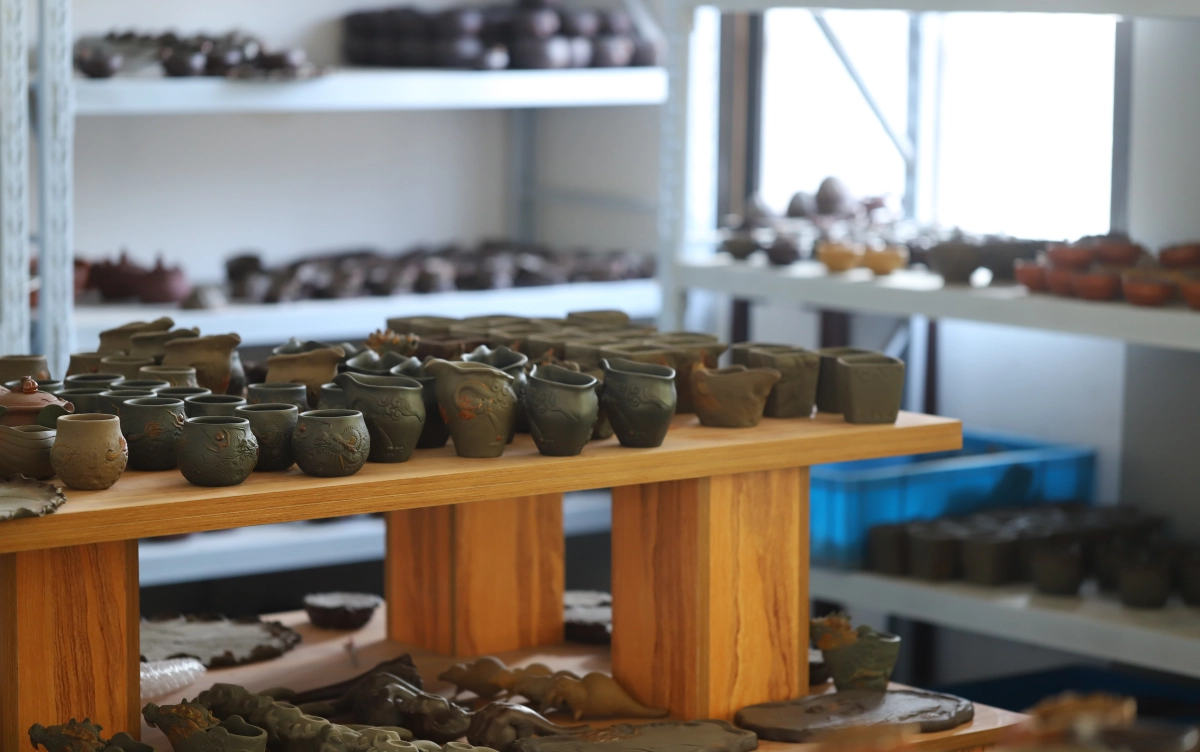
Identifying real Yixing clay teapots is a process of exact yet judicious and gradual examination. Do not rush and take your time. Everything is in detail, and another step gets you one step closer to owning a piece of tea history.
Examine the Clay Colour and Texture
Real Yixing teapots will be an earthy, natural shade of colour instead of an overly bright and even tone. That colour depends on clay composition but is usually purple, red, or yellow. Moreover, there will be slight variations in colour with a somewhat matte texture Finish of an authentic pot. As for the consistency, they typically feel dry and almost sandy while staying smooth, otherwise described as a leathery, slightly-grainy finish. A glazed or “plastic” feel is a bad sign. Tip: reflect a beam of light off the exterior surface of the teapot. True Yixing clay displays tiny mineral crystallisations, emitting a semi-matt glow. A fake reflects an overglossy shine or one that is entirely dull.
Look for Artist Seals and Marks
Contact and behold the bottom of your teapot. Real Yixing clay teapots contain a seal typically etched or impressed on the underside of the teapot. Potential locations are on the body and inside the lid, often with artist-specific seals or stamps left behind by a creator. While sometimes for decoration, famous studios and “factory” artists add distinct marks left as a testament to their craft. Further, some conformity to pot producers exist and manuscripts on multiple spots exist, with double or triple seals being common. Common Yixing Teapot Marks Warning: Stamped seals not left by the hands mark leading Yixing “fake” teapots. Significant seals are printed, laser-etched, or employ stickers. Yixing marks and seals placed by an artist are those which are engraved, embossed, or scarcely painted in mineral paint.
Looking at Craftsmanship Details
A real Yixing clay teapot is well-balanced: its lid fits snugly without rattling, its spout pours straight without dribbling, and its handles feel sturdy and well-proportioned on your hand. Additionally, the details are often hand-carved. You may be able to notice small marks of the potter’s tool, subtle asymmetries and organic lines in the craftsmanship. On the other hand, mass-produced teapots manufactured in factories will have molding lines and will look less aesthetic overall.
Craftsmanship Evidence of Authenticity:
Aroma & Patina Test
Pour boiling water into the teapot, swirl it, and pour water out. A real Yixing clay teapot should exude a subtly earthen scent. A fake—especially a teapot made from industrial clay—will exude a chalky, chemical scent, or else a dull damp scent. Cheap, fake teapots fail to develop a good patina over years of use. A real teapot will brew teas with a uniquely silky mouthfeel and over time, develop a soft, vibrant sheen. This sheen isn’t painted or polished. It’s achieved from tea oils seeping into the porous clay. Patina Over Time
Extra Tips for Dating Vintage Yixing Clay Teapots
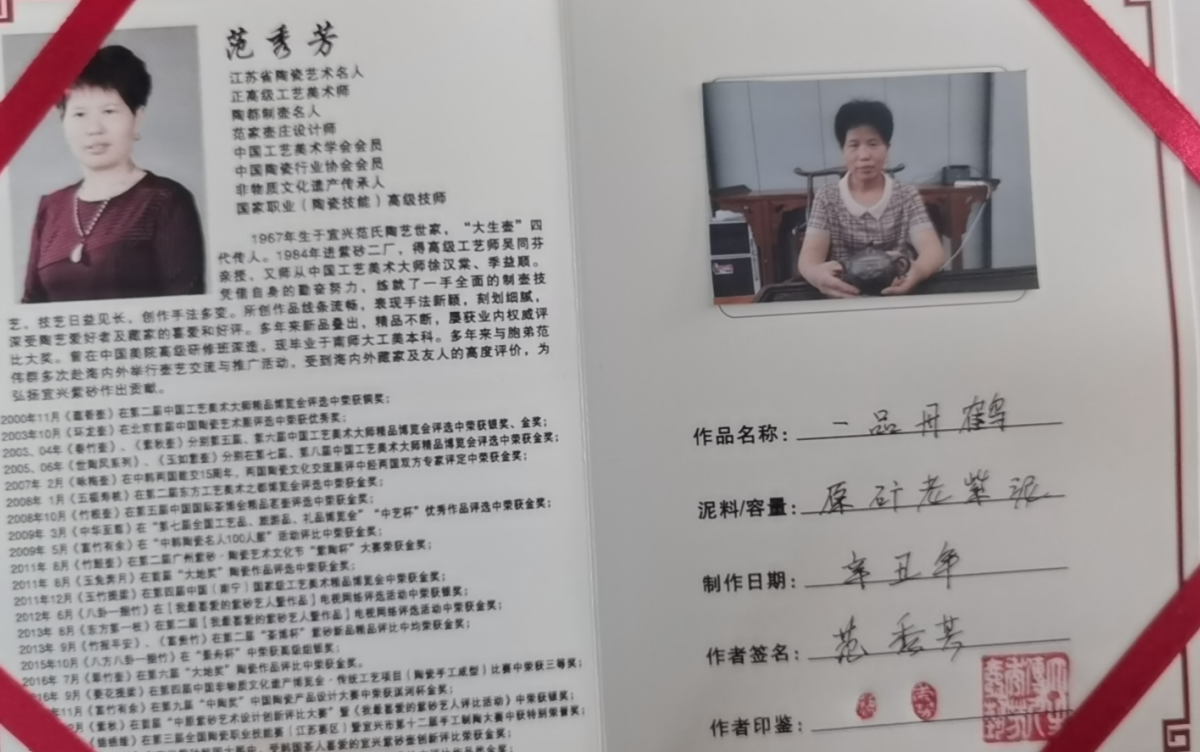
The older a teapot is, the more clues it gives. Natural wear and tear in the form of soft wear on the base, and around the handle, seals that may have faded with wear yet remain visible, and deep patina that can only come from long-term use. If you’re in the market for antique Yixing teapots, don’t be afraid to ask sellers for provenance documents or verification from an expert. Quote: “Authenticity is in the details. A real Yixing teapot speaks to you through its clay, its aroma, and its history.” — Master Chen, Yixing artisan Summary Table: How to Authenticate a Yixing Teapot Step by Step
| Step | What to Look For | What to Avoid |
|---|---|---|
| Clay color/texture | Natural, subdued color, grainy texture | Bright, glossy, or uniform appearance |
| Artist’s seal | Deeply stamped or carved | Printed, sticker, or laser markings |
| Craftsmanship | Tight-fitting lid, smooth pouring action, handmade details | Mold lines, sloppy-fitting lids |
| Aroma/patina | Earthy aroma, developing patina | Chemical smell with no patina |
Data Source: Jiangsu Yixing Zisha Museum’s Seal Archive and Certified Artist Registry
Covers: Official seals are hand-carved or deeply impressed; seals validate artists, region, and sometimes era
URL: http://www.zglymuseum.com
Data Source: UNESCO Intangible Cultural Heritage Registration – “Traditional Craftsmanship of Yixing Zisha Pottery”
Covers: Description of master-crafted details: tight-fitting lids, well-aligned body, no mold lines
URL: https://ich.unesco.org/en/state/china-CN
Buying a genuine Yixing clay teapot starts with where you look. Any teapot listed as “Yixing” may not actually be a Yixing teapot. With the growth of online shopping, there are wonderful artists, reputable sellers, and fakes galore. Knowing where and how to shop can make all the difference between a treasured heirloom and a disappointing fake:
Where to Buy Genuine Yixing Clay Teapots:
Warning Signs:
How to Interpret Product Descriptions Look out for: Clay origin (Zisha clay from Yixing is ideal) Pottery method (handmade, wheel-thrown or molded) Artist name, seal description and seal photo(s) Year made, if vintage Size and capacity Patina or condition* Vintage Yixing teapots were often used to brew a single type of tea, which caused them to develop a distinctive patina over time. Tea drinkers value this patina, which adds a unique, rich flavour to the tea. Table: Reputable Sellers vs Risky Sellers Quote: “Buy the seller, not just the pot. Reputation and transparency matter most.” — Collector’s advice. Case study: One
Quick Checklist for Authentic Yixing Clay Teapots
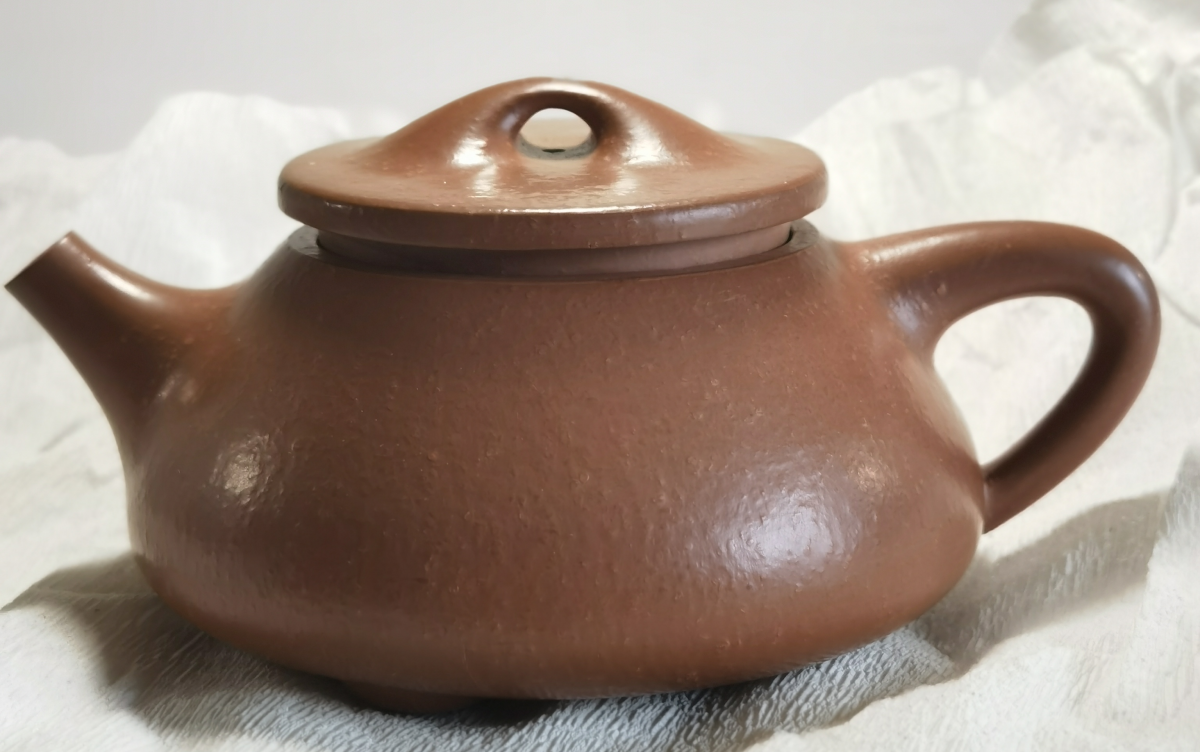
Sometimes, when you are shopping or evaluating a teapot, you just need something directly actionable. Here’s a short checklist that you can use to quickly identify if your Yixing clay teapot is genuine.
Authentic Yixing Clay Teapot Checklist
Clay Texture and Color:
Artist Seal or Stamp:
Craftsmanship:
Aroma and Patina:
Seller Credibility:
Table: Authenticity At A Glance
| Feature | Genuine Yixing Teapot | Fake/Counterfeit Teapot |
|---|---|---|
| Clay Texture | Unglazed, grainy, mineralrich | Glazed, smooth, uniform |
| Seal/Stamps | Carved, pressed, artist-linked | Printed, laser, missing |
| Craftsmanship | Hand-shaped, tight fit | Molded, loose, seams visible |
| Aroma/Patina | Earthy, glossy with use | Chemical, dull, unchanged |
| Seller | Reputable, documented | Vague, suspiciously cheap |
Data Source: Yixing Zisha Museum and Jiangsu Provincial Artist Registry
Details: Legally recognized Zisha artists mark their works with hand-carved or pressed seals. Laser-etched or printed marks lack collectors’ authenticity.
URL: http://www.zglymuseum.com
Data Source: UNESCO Intangible Cultural Heritage – Traditional Craftsmanship of Yixing Zisha Pottery
Details: Teapots must be hand-shaped by skilled labor; manufactured or molded teapots often lack lid-body alignment and show visible seams.
URL: https://ich.unesco.org/en/state/china-CN
Pro tip: Print out this checklist or save it to your phone. Use it as your trusty companion at tea shops, auctions, or while browsing online. Quote: “Let the details do the talking. Authenticity isn’t just a feeling—it’s a chain of evidence.” — Seasoned Yixing collector
Caring for Your Yixing Teapot
Owning an authentic Yixing clay teapot isn’t just a privilege—it comes with responsibility. These remarkable teapots reward careful handling and regular use, developing a unique character and patina over time. But if you neglect them or treat them like ordinary ceramics, you risk damaging their subtle beauty and functionality.
Simple Cleaning and Seasoning Tips
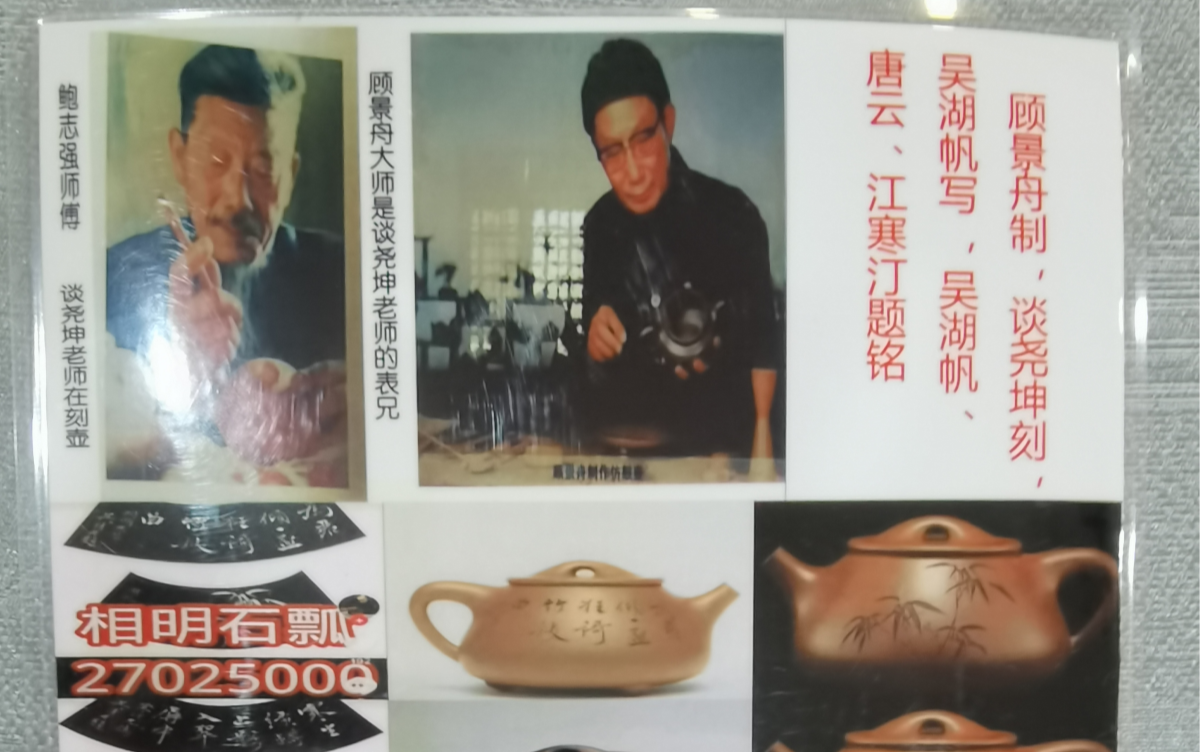
Unlike other teapots, Yixing clay teapots should never see soap or harsh chemical cleaners. The clay’s porous nature means it absorbs aromas and flavors, so you want to avoid any artificial residue. Instead, rinse your teapot with hot water after each use, and let it air dry with the lid off. Seasoning a Yixing teapot: Seasoning means preparing the teapot for its designated tea—often a particular type, such as oolong, pu-erh, or black tea. To season: 1.Rinse the teapot with boiling water. 2.Brew a strong batch of tea and fill the pot. 3.Let it steep for several hours, then discard the tea and rinse again. 4.Repeat a few times. The clay “learns” the tea and starts building its patina.
List: Cleaning Do’s and Don’ts
How to Store and Handle
Store your Yixing teapot in a dry, ventilated area, away from strong odors and direct sunlight. If you use it daily, keep it in a place where it can air out between sessions. For collectors who own several teapots, consider displaying them on a shelf that avoids humidity and dust. Table: Yixing Teapot Care Essentials
Mistakes to Avoid
Quote: “Treat your Yixing teapot like a treasured friend—care for it, respect it, and it will repay you with a lifetime of perfect tea.” — Traditional tea saying Pro tip: If you ever notice a strange smell or residue, soak your teapot in plain hot water for several hours, changing the water as needed. This gentle reset can restore freshness without harming the clay.
FAQs About Authentic Yixing Clay Teapots
An authentic Yixing teapot brings with it a lot of curiosity and many questions. Here are answers to some of the most common and practical questions you may have as you consider your options and learn more about this fascinating tradition.
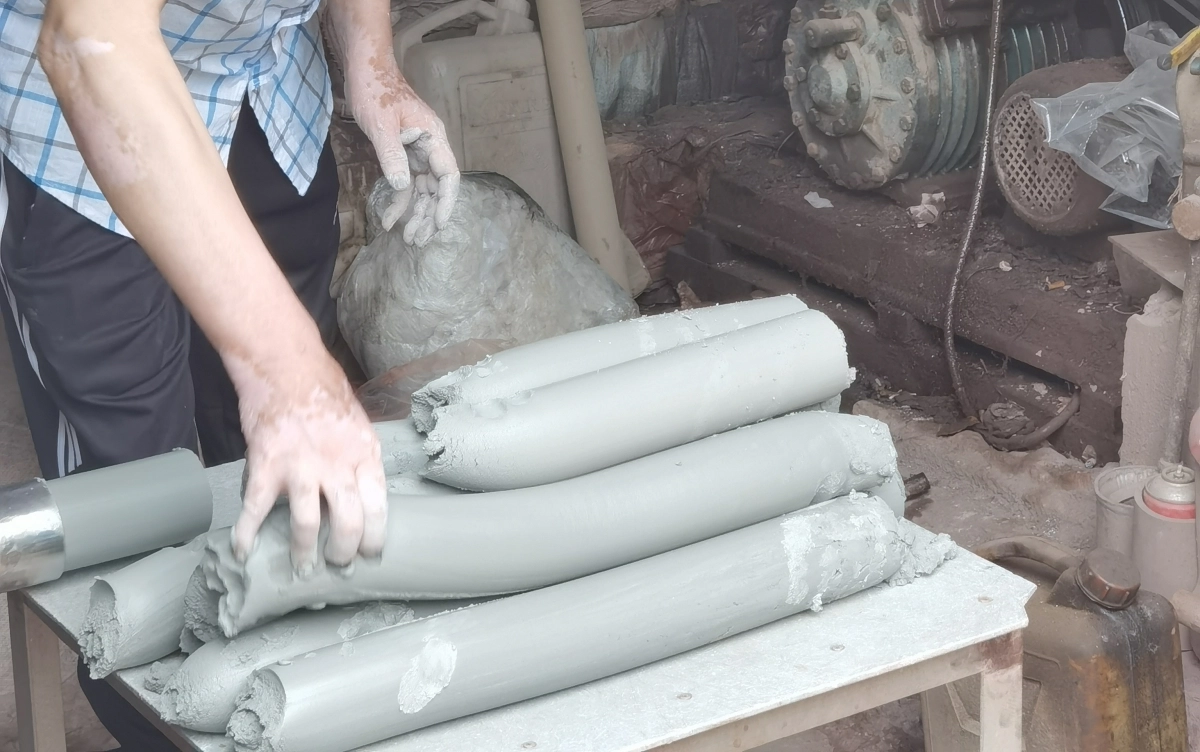
Conclusion: Why Authenticity Matters When Identifying Yixing Clay Teapots
Selecting an authentic Yixing clay teapot isn’t just an matter of principle—it’s a statement of respect that enhances your tea, health, and investment in beautifully worn-in tools. Authentic Yixing clay teapots can turn plain old tea-drinking into a ritual. It has the ability to impart subtle flavours to the brew, and give an extra depth of history that none of the counterfeits can ever match.




